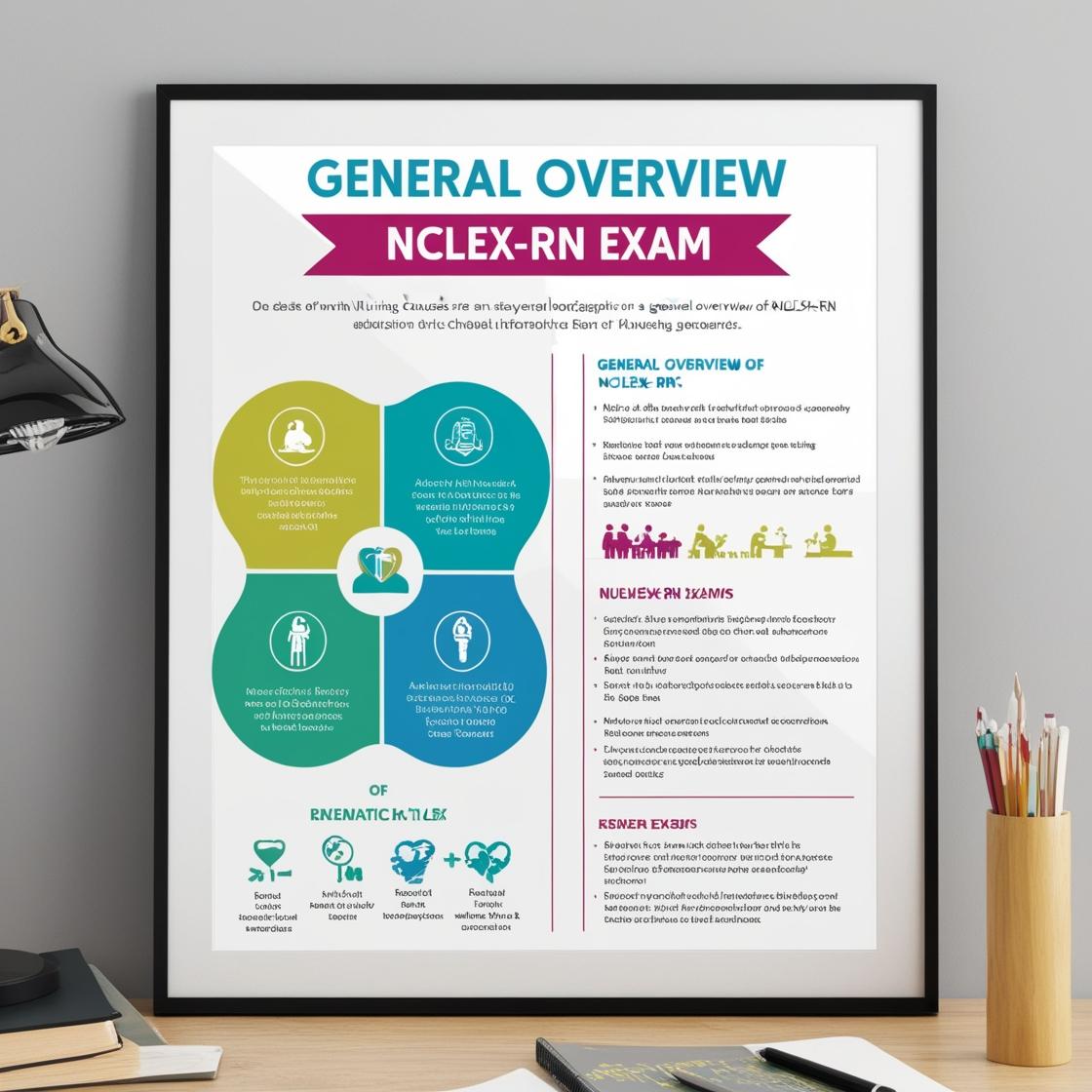NCLEX-RN
NCLEX RN Actual Exam Test Bank
1. The nurse is developing a plan of care for an infant after surgical intervention for imperforate anus. The nurse should include in the plan that which position is the most appropriate one for the infant in the postoperative period?
- A. Prone position
- B. Supine with no head elevation
- C. Side-lying with the legs extended
- D. Supine with the head elevated 45 degrees
Correct answer: A
Rationale: The most appropriate position for an infant after surgical intervention for imperforate anus is the prone position. Placing the infant in a prone position helps keep the hips elevated, reducing edema and pressure on the surgical site. This position promotes optimal healing and comfort for the infant. Option B, supine with no head elevation, does not provide the necessary elevation to reduce pressure on the surgical site. Option C, side-lying with the legs extended, does not offer the same benefits as the prone position in terms of reducing pressure on the surgical site. Option D, supine with the head elevated 45 degrees, does not specifically address the need for hip elevation to prevent pressure on the surgical site. Therefore, the correct choice is the prone position for this postoperative care scenario.
2. What is the most useful patient position for proctologic exams?
- A. Trendelenburg
- B. Semi-Fowler's
- C. Full Fowler's
- D. Jack Knife
Correct answer: D
Rationale: The Jack Knife position is the most useful for proctologic exams as it allows the patient to lie face down while keeping the buttocks elevated, providing optimal access for the examination. The Trendelenburg position, characterized by the body being laid flat with the feet higher than the head, is not suitable for proctologic exams. Semi-Fowler's and Full Fowler's positions are typically utilized for respiratory or cardiovascular conditions and are not ideal for proctologic examinations due to their lack of optimal access to the perianal area.
3. What does the medical term 'basophilia' refer to?
- A. An attachment of the epithelial cells of the skin to a basement membrane
- B. An overabundance of a particular white blood cell in the peripheral blood
- C. An underrepresentation of basophils on a blood smear
- D. None of the above
Correct answer: B
Rationale: The correct answer is 'An overabundance of a particular white blood cell in the peripheral blood.' Basophilia specifically indicates an increased number of basophils in the peripheral blood. It can be observed in conditions like leukemia and certain allergic reactions. Choice A is incorrect as it describes something unrelated to basophilia. Choice C is incorrect as it suggests a decrease in basophils, which is opposite to the actual meaning of basophilia. Choice D is also incorrect as basophilia does have a defined medical significance.
4. What is a common error when taking a pulse?
- A. Placing the index finger on the radial artery located on the thumb side of a patient's wrist.
- B. Noting a pulse as 'weak' when the pulsation disappears upon adding pressure.
- C. Counting the pulse for 15 seconds and multiplying the number by four.
- D. None of the above will cause errors.
Correct answer: C
Rationale: The correct answer is counting the pulse for 15 seconds and multiplying the number by four. To accurately assess a patient's heart rate or pulse, it is crucial to count the pulse for a full minute. Counting for only 15 seconds and then multiplying by four may result in an inaccurate heart rate calculation. This approach could miss arrhythmias or intermittent pulsations that could be vital indicators of the patient's condition. Placing the index finger on the radial artery, which is located on the thumb side of the patient's wrist, is the correct technique for taking a pulse. Noting a pulse as 'weak' when the pulsation disappears upon adding pressure is a valid observation and not an error in itself. Therefore, the most common error in this scenario is incorrectly calculating the pulse rate by multiplying a 15-second count by four.
5. You have been assigned to take an apical pulse for one of the patients on the nursing unit. How will you do this?
- A. You will place the stethoscope over the heart and listen for any irregular beats.
- B. You will place the stethoscope over the heart and count the beats per minute.
- C. You will place your fingertip over the patient's wrist and feel for any irregular beats.
- D. You will place your fingertip over the patient's wrist and count the beats per minute.
Correct answer: B
Rationale: To take an apical pulse accurately, you should place the stethoscope over the heart and count the number of beats per minute. This method provides a precise assessment of the heart rate. While listening for irregular beats is essential for assessing the heart's rhythm, the primary objective of taking an apical pulse is to determine the heart rate. Choices C and D are incorrect because the apical pulse is not taken at the wrist; instead, it is obtained by auscultating at the apex of the heart, usually at the point where the fifth intercostal space meets the midclavicular line.
Similar Questions

Access More Features
NCLEX RN Basic
$69.99/ 30 days
- 5,000 Questions with answers
- Comprehensive NCLEX coverage
- 30 days access @ $69.99
NCLEX RN Premium
$149.99/ 90 days
- 5,000 Questions with answers
- Comprehensive NCLEX coverage
- 30 days access @ $149.99
